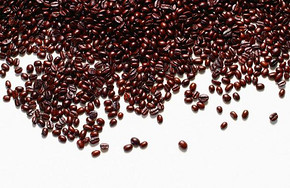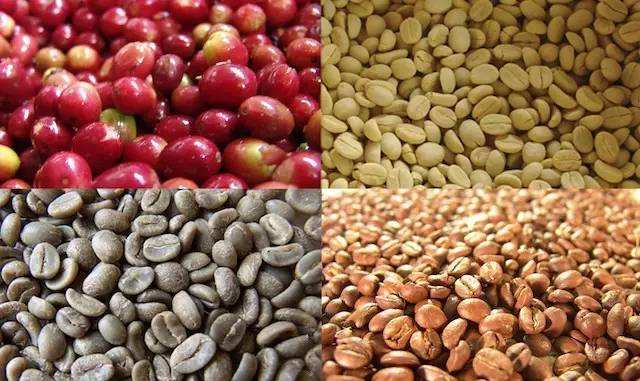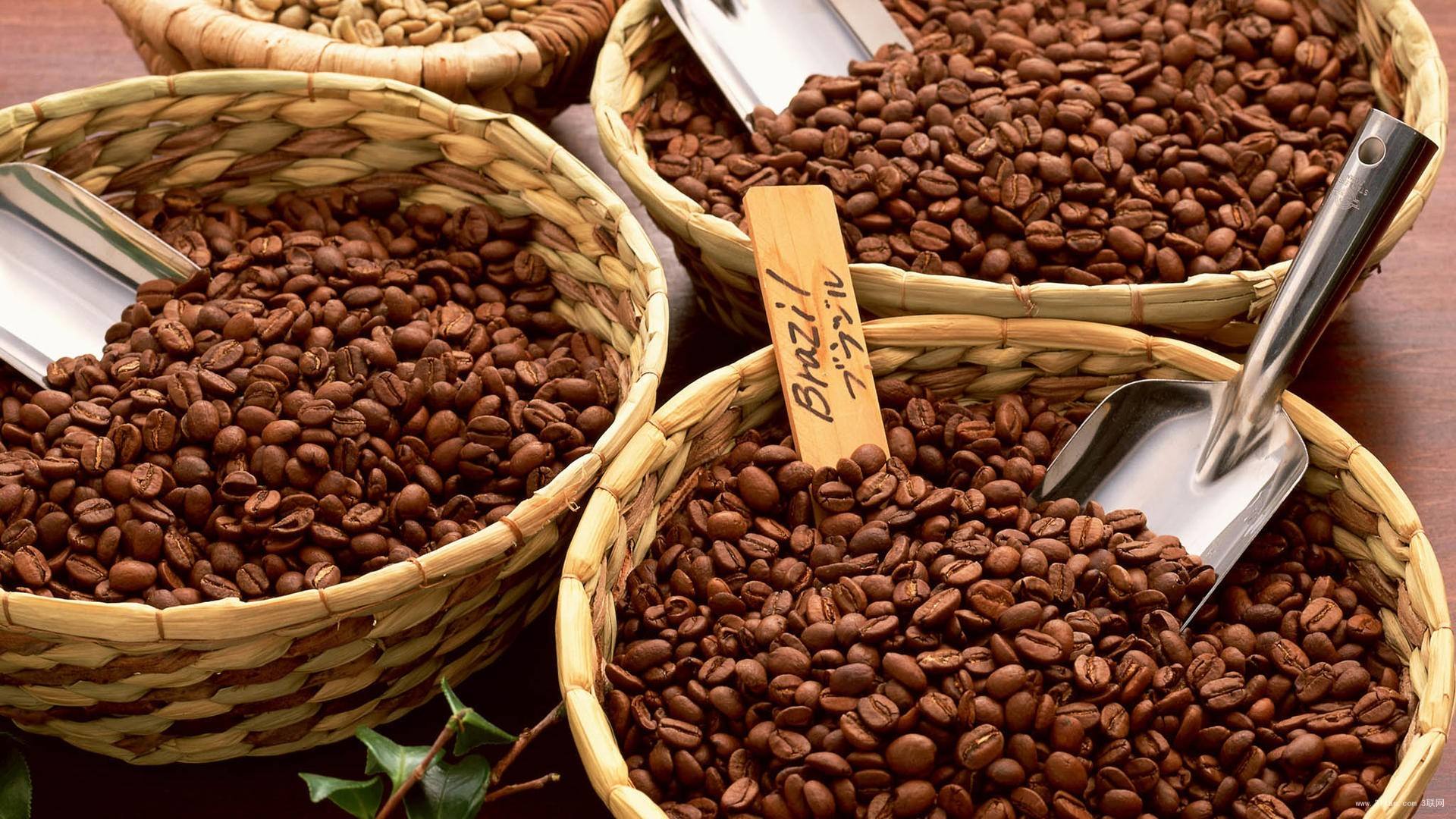How much do you know about the coffee producing areas in Ethiopia?
Follow the caf é (Wechat official account vdailycom) and found that Beautiful Cafe opened a small shop of its own.
Apart from Yega Xuefei, what else is there in Ethiopia, the hometown of coffee?
Ethiopia, an ancient country on the African continent, is the hometown of Arabica coffee. It is in the forests of the Kaffa region that you can see wild Arabica coffee. Coffee is the equivalent of the country's currency in Ethiopia, and almost all the rich people got rich by trading coffee in their grandparents.
In Ethiopian, coffee is called "Bun" or "Buna".
We know it as Yirgacheffe, the big Ethiopian coffee producing areas also include Sidamo Sidamo and Harald Harar, as well as some small producing areas such as Lim Limmu. These are the names of the Ethiopian producing areas, and there are also small producing areas in the large producing areas, such as Cochel, Alida, Humberra lanterns, and then smaller village producing areas in the Yegashefi area. The coffee plantation in Ethiopia is not obvious, so it is generally divided into large producing areas, small producing areas, village producing areas and washing plants.
Ethiopian coffee is processed by two processing methods: sun drying and water washing, and the flavor of coffee processed by different processing methods is very different.
Generally speaking, the mellow thickness and earthy taste of water-washed coffee is slightly lower, while the taste of sun-processed coffee is wilder.

Harald, located in the Eastern Highlands of Ethiopia (Harerge Province), coffee trees grow between 5000 and 7000 feet above sea level. They were still wild on the slopes before the first century. When baked, they will have a strong smell of chocolate, wild taste with moderate acidity and rich texture, is a very typical mocha flavor, good Harald beans with jasmine aroma, and similar to the aftertaste of fermented wine. Today, Harald still uses the traditional sun method to treat raw beans.
But it is generally difficult for us to drink Harald in China, because it has long been bought by Arab tycoons in the Gulf countries.
Sidamo, located between 4600 and 7200 feet above sea level on the southernmost Ethiopian plateau (Sidamo province), just south of the capital, is usually sweet and preferred by most people.
Sun Sidamo is usually marked with G4 exits, while water-washed Sidamo is mostly exported at G2 level because of the better sun treatment process.
The taste of the sun is close to the smell of flowers, but it is about a little earthy. Water washing has a nutty fruit aroma and a slight cocoa aroma, but what the two works have in common is a smooth taste and mellow figure, comfortable and pleasant acidity and fragrance.
Medium roasting is suitable for individual products, while deep roasting is suitable for blending coffee and good Espresso base.
The origin of the name is made up of two parts. Yirga is a town name of Sidamo, which means stability, and Cheffee means municipality.
Growing in the southern Ethiopian plateau at 5700-7800 feet above sea level, it is located in the northwest of Sidamo province. It is usually sweeter and more popular. It is also a kind of coffee we can easily drink in cafes.
In the washing plant, after the coffee fruit is harvested, it is fermented in a storage tank filled with water. Workers use a simple wooden rake to stir it. After the fruit is sticky and soft, it is shelled and cleaned directly, leaving only the sheepskin-coated fruit. After the final washing, the fruit dries directly outside the washing plant. Taste similar to lemon and citrus complex, excellent taste viscosity, complex flavor.
Lim is 1200-1900 meters above sea level and its average height is lower than that of other areas. it is located in the southwest of the capital and is part of the Kafa forest. generally speaking, the flavor is lower than that of Sidamo and Yegashifi, with obvious citrus aroma, good sweetness, slightly spicy flavor and well-balanced flavor.
What does the Ethiopian coffee bean G1, G2, G3, G4 stand for?
Ethiopian coffee beans can only be circulated on the market through their own auction ECX (Ethiopian Commodity Exchang Ethiopia Commodity Exchange). The grading system of Ethiopian coffee is not based on the number of items, but on the proportion of defective beans in raw beans. In October 2009, Ethiopia launched the ECX boutique coffee trading grading system, and Q-Grader (coffee quality appraiser) graded raw beans.
Washed beans are divided into Grade 1 and Grade 2, while those exported from Ethiopia are generally Grade 2.
The quality of sun-cured beans is Grade 3, Grade 4 or Grade 5 in order.
The highest levels of Sidamo are level 2 and level 3 (G2, G3).
Most of the sun-processed coffee in eastern Ethiopia are grade 4 or grade 5 (G4, G5).
However, it is not to say that the quality of G1 coffee beans is better than that of G2 coffee beans, and there have been many changes in grading.
To take a simple example, the flavor of G2 beans in some areas is very good, which is not necessarily worse than that of G1 beans in other areas. Even if they are all Yega Xuefei G2, there will be a big difference in flavor and quality in different small producing areas.
Important Notice :
前街咖啡 FrontStreet Coffee has moved to new addredd:
FrontStreet Coffee Address: 315,Donghua East Road,GuangZhou
Tel:020 38364473
- Prev

How much do you know about the coffee ceremony in Ethiopia?
Following Kaibei (Wechat official account vdailycom) found that Beautiful Cafe opened a small shop of its own Ethiopia is a country with changeable landscapes and diverse ethnic groups, its coffee beans are grown in different regions. The only thing that can be revered by more than 80 ethnic groups is coffee. Only about 40% of Ethiopian coffee is exported, and the rest is used for various forms of rituals.
- Next

The classification of Blue Mountain Coffee, how to distinguish between true and false Blue Mountain
Following Cafe (Wechat official account vdailycom) found that Beautiful Cafe opened a small shop of its own. Jamaica is one of the smaller coffee producers in the world, harvesting about 40000-60 kg / sack a year. (Jamaican Blue Mountain coffee is actually packed in 70kg barrels, and they are the last country to still use this traditional packaging method.
Related
- Detailed explanation of Jadeite planting Land in Panamanian Jadeite Manor introduction to the grading system of Jadeite competitive bidding, Red bid, Green bid and Rose Summer
- Story of Coffee planting in Brenka region of Costa Rica Stonehenge Manor anaerobic heavy honey treatment of flavor mouth
- What's on the barrel of Blue Mountain Coffee beans?
- Can American coffee also pull flowers? How to use hot American style to pull out a good-looking pattern?
- Can you make a cold extract with coffee beans? What is the right proportion for cold-extracted coffee formula?
- Indonesian PWN Gold Mandrine Coffee Origin Features Flavor How to Chong? Mandolin coffee is American.
- A brief introduction to the flavor characteristics of Brazilian yellow bourbon coffee beans
- What is the effect of different water quality on the flavor of cold-extracted coffee? What kind of water is best for brewing coffee?
- Why do you think of Rose Summer whenever you mention Panamanian coffee?
- Introduction to the characteristics of authentic blue mountain coffee bean producing areas? What is the CIB Coffee Authority in Jamaica?

